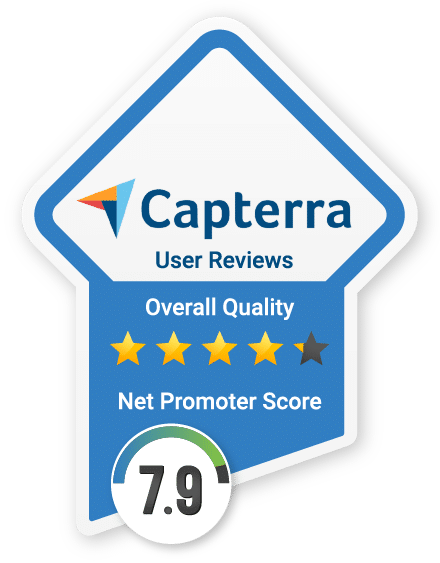7 Questions to Ask When Buying a Freight Forwarding System
May 17, 2023 Freight Forwarding
Freight forwarders are tasked with one of the most essential facets of the logistics industry – shipping consignments to the end customer. However, this responsibility may seem deceptively simple. Forwarders, in reality, are required to ensure complete management of documents, legalities, and any other nuances involved in the process to ensure the smooth transport and timely delivery of goods to the destination.
The freight forwarding system plays a vital role in this regard. This system connects forwarders to other vital supply chain assets, such as logistics service providers, 3PL providers, etc. Each of these members of the supply chain and the relationship between them is equally determinant of the result for the client.
Therefore, to properly implement a forwarding solution into your freight operations, here is a list of 7 essential questions you must answer:
1. Is the solution adaptable?
To achieve the best results from your forwarding system, you must first ensure that the solution is easy to implement into your existing framework. Additionally, the solution cannot remain as it is in current standing – it must be versatile and flexible enough to adapt to the growing and receding market demands. Expanding businesses, for example, may require a complex set of advanced features such as divisions, hierarchies, etc., while smaller companies would need more cost-effective solutions.
2. Is the solution customizable?
Determining the potential adaptability of a forwarding system is one thing, but implementing it into your business operations successfully is a whole different league. Different freight systems come with a range of features that are aimed to fit all types of businesses. However, the key point is to find the system (or combination of attributes) that best fits your business and its operations. Moreover, the system must be flexible and dexterous enough to be configured if needed. It is neither viable nor lucrative to keep making complex changes to the whole system at every technical hurdle.
3. Is the provider experienced?
The most common tell-tale sign of a good forwarding system is in the forwarder’s experience and familiarity with similar operations. This will allow smooth decisions to be made regarding system needs based on company goals and requirements. A seasoned veteran will also be able to make the most of a challenging situation.
Even though many potential suppliers with enticing new forwarding models exist in the market, a forwarder experienced in working with LSPs is a far safer bet. They can both distinguish between good or bad forwarding models and seamlessly adapt the best model for your business specifically.
4. Is the solution easy to use?
The system to be implemented must satisfy an important checklist of criteria:
- Easy to learn and use by employees.
- Maintains satisfaction among existing clients.
- Allows quick and unhindered onboarding of new clients.
The solution itself must not give rise to any additional hassle or discomfort for operations. Applying a complex system and spending tonnes of time and resources on training employees is not feasible by any means. The software solution must be simple enough to adapt to yet powerful enough to maximize efficiency.
5. Is the solution transparent?
Customer visibility is an equally important aspect of customer handling by the solution. The implemented system should maximize data management efficiency and data processing without compromising on data visibility. Consignment tracking, end-to-end services, and delivery timelines must be transparent to both the customer and you.
6. Is the solution suitable for financial management?
Financial dexterity is another key aspect to consider when it comes to the trade process. The employed software must efficiently track all kinds of transactions with ease and a high degree of accuracy. Automated processes will generally reduce the chance of error compared to manual labor in case of data entry. But the end-to-end visibility of this entered data must also be ensured so that the customers can track the progress of their shipment costs as well as you can.
7. Is the solution versatile?
Lastly, while implementing the required software into your existing infrastructure, it is important to consider the model of the system you would like to apply based on operational requirements. If your business engages in large-scale trades over many countries, an extensive suite may be required. Alternatively, if your business faces challenges keeping up with large volumes of data, an automation system may be required, and so on.


